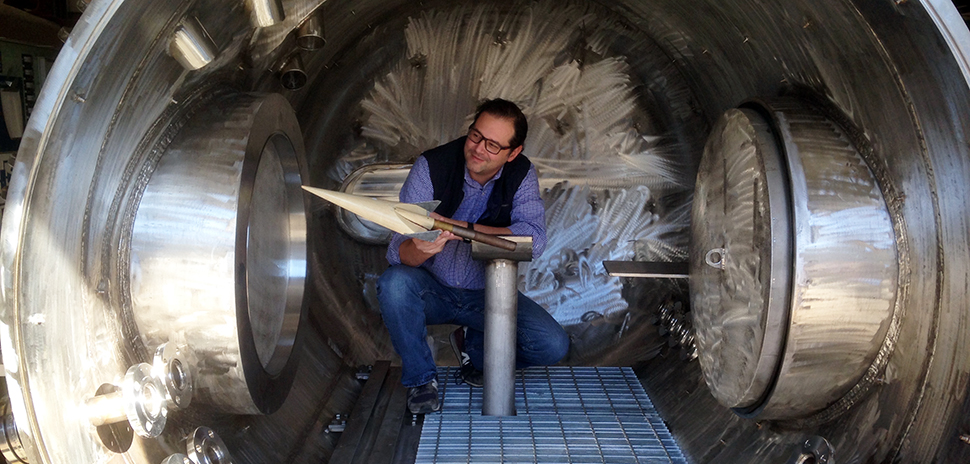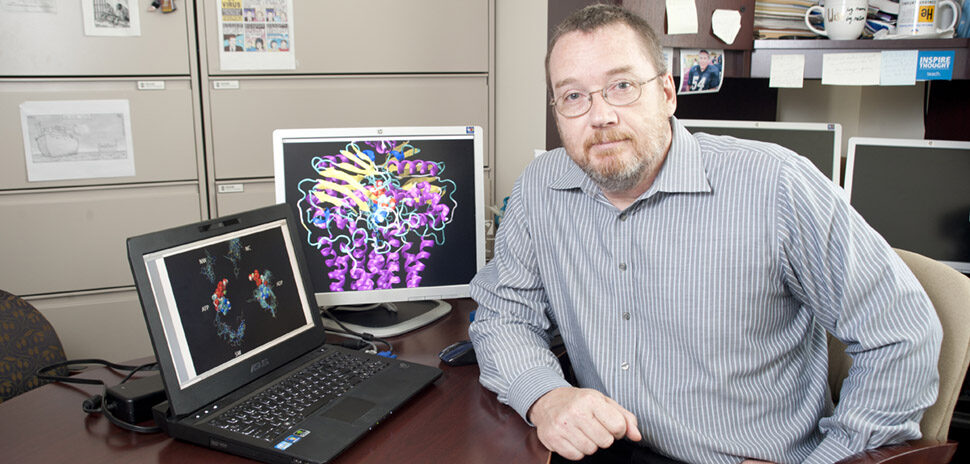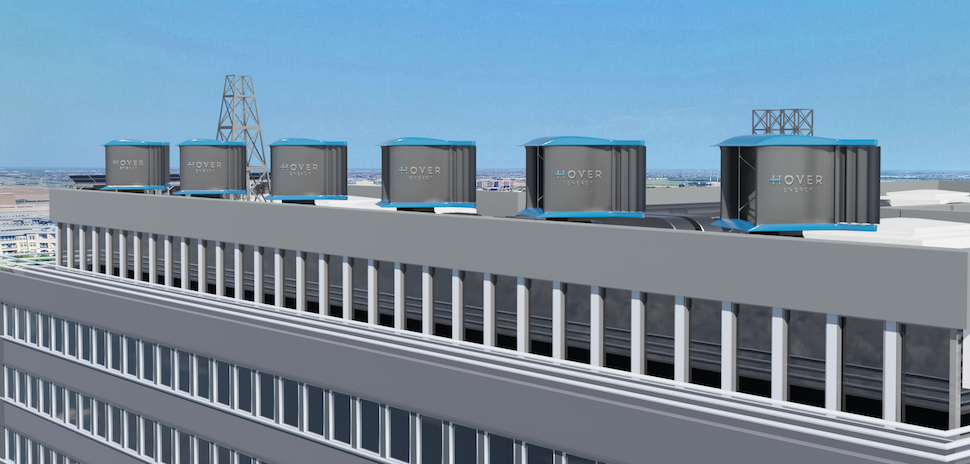![]() Every week, we do a little research of our own. We’re looking for scientists, professors, engineers, entrepreneurs—anybody, really—engaging in research and development across North Texas.
Every week, we do a little research of our own. We’re looking for scientists, professors, engineers, entrepreneurs—anybody, really—engaging in research and development across North Texas.
There’s plenty of good work being done. If you want to put R&D under your microscope, sign up for our e-newsletter.
Navy grants propel UTA hypersonic wind tunnel research
What would you do with a new arc-heated, hypersonic wind tunnel? The University of Texas at Arlington has one of just a handful of such wind tunnels in the nation—the only one at a university.
In a couple months, the tunnel will come online and will immediately be used in Navy grants aimed at developing heat shields for hypersonic vehicles and advanced laser-based measurements of plasma flow. Hypersonic speed is one that far exceeds the speed of sound, particularly Mach 5 and above.
The pair of Navy grants totaling more than $1.5 million were won by Luca Maddalena, UTA aerospace engineering associate professor and director of the Aerodynamics Research Center.
According to a release, the first grant is a three-year, $820,000 award for fundamental research on characterizing the arc-jet plasma flow. The second is a $690,000 Defense University Research Instrumentation Program (DURIP) grant to buy a femtosecond laser system that will be the only one of its kind to be used in an arc-heated wind tunnel in the United States, UTA said. A femtosecond is one quadrillionth—one millionth of a billionth—of a second.
“Our research is making a critical contribution to the development of key technologies for hypersonic vehicles.”
Luis Maddalena
Previously, Maddalena received a $1.01 million DURIP grant for design and construction of the wind tunnel.
“Our research is making a critical contribution to the development of key technologies for hypersonic vehicles,” he said in a statement. “These grants show that the Aerodynamics Research Center is at the cutting edge of research in this area and our long-term vision is being rewarded, first through our world-class facility and now with this additional funding to make the facility even more exclusive in its capabilities.”
When hypersonic vehicles cruise through the atmosphere at 3,500 miles per hour or faster, friction causes them to heat up to about 15,000 degrees Fahrenheit. That creates superheated air, or plasma. Engineers must simultaneously calculate the plasma’s chemistry and fluid dynamics to develop an effective heat shield, UTA said.
Current models can’t accurately predict what will happen in every situation, so Maddalena and his team will develop diagnostic techniques to characterize the plasma flow and improve the understanding of the relationship between arc-jet test and flight environments. Find out more in a UTA report here.
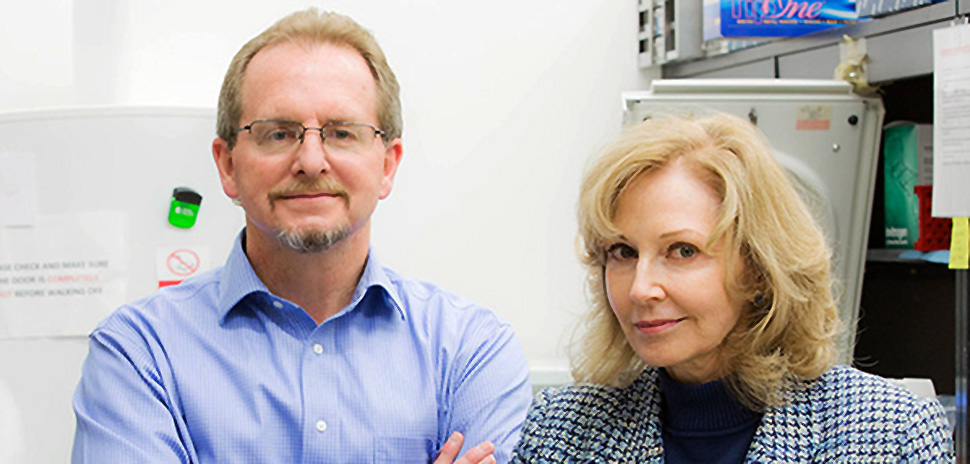
Vicki Nejtek, right, and Michael Salvatore in her lab. [Photo: Courtesy UNTHSC Dept. of Pharmacology & Neuroscience]
UNTHSC assessing Parkinson’s risk in traumatic brain injury patients
Traumatic brain injury may increase the risk for Parkinson’s disease by 56 percent, and researchers at the University of North Texas Health Science Center in Fort Worth are working on ways to better assess factors for the disease and how regular exercise can help battle it.
Michael Salvatore, associate professor of pharmacology and neuroscience, and Vicki Nejtek, associate professor in the Institute for Healthy Aging, and Pharmacology and Neuroscience, are working to clarify the benefits of regular exercise for Parkinson’s patients.
For the study, veterans with mild traumatic brain injury are being matched with healthy adults of the same age, gender, race, and educational background.
Patients with Parkinson’s disease also are in the study.
“We want to see if the veterans with mild traumatic brain injury perform similarly to Parkinson’s patients in the early stages of the disease,” Nejtek said in a statement. “We are examining biomarkers and cognitive function in veterans and comparing that with people who actually have Parkinson’s.”
The symptoms of Parkinson’s include tremors, stiffness in limbs, and balance issues, all developed slowly over many years.
Breakthrough could bring more warning of seizures in children
A study by researchers at UT Southwestern Medical Center is offering new hope to families with children who have epileptic seizures related to a terminal disease known as pyruvate dehydrogenase deficiency.
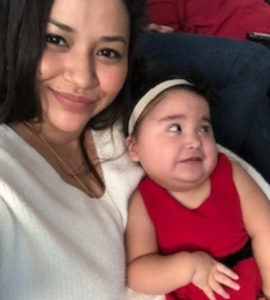
Carmen Mejia holds her daughter, Elizabeth, who suffers from seizures related to pyruvate dehydrogenase deficiency. [Photo: Courtesy UT Southwestern]
The condition occurs when mitochrondia don’t provide enough energy for the cells.
UTSW scientists said that by monitoring the brain activity of a single cell type that is responsible for seizures, they can predict convulsions at least four minutes beforehand in humans and mice. Their research also shows that an edible acid called acetate might effectively prevent seizures if they can be detected with enough notice.
But, the prediction strategy can’t be used clinically unless a mobile technology for measuring brain activity is developed.
“Many of the families I meet with are not just bothered by the seizures. The problem is the unpredictability, the not knowing when and where a seizure might occur,” said Dr. Juan Pascual, a pediatric neurologist with UT Southwestern’s O’Donnell Brain Institute, who led the study. “We’ve found a new approach that may one day solve this issue and hopefully help other scientists track down the root of seizures for many kinds of epilepsy.”
The study was published in the medical journal, Science Translational Medicine. To find out more about the study and read about Carmen Mejia and her daughter, Elizabeth, who has seizures, read James Beltran’s report here.
READ NEXT
![]()
Get on the list.
Dallas Innovates, every day.
Sign up to keep your eye on what’s new and next in Dallas-Fort Worth, every day.

